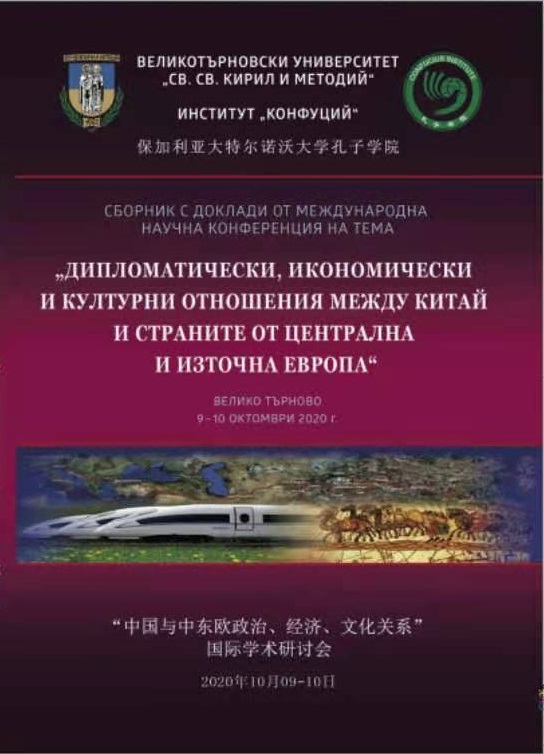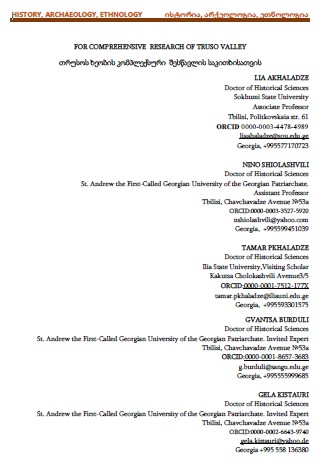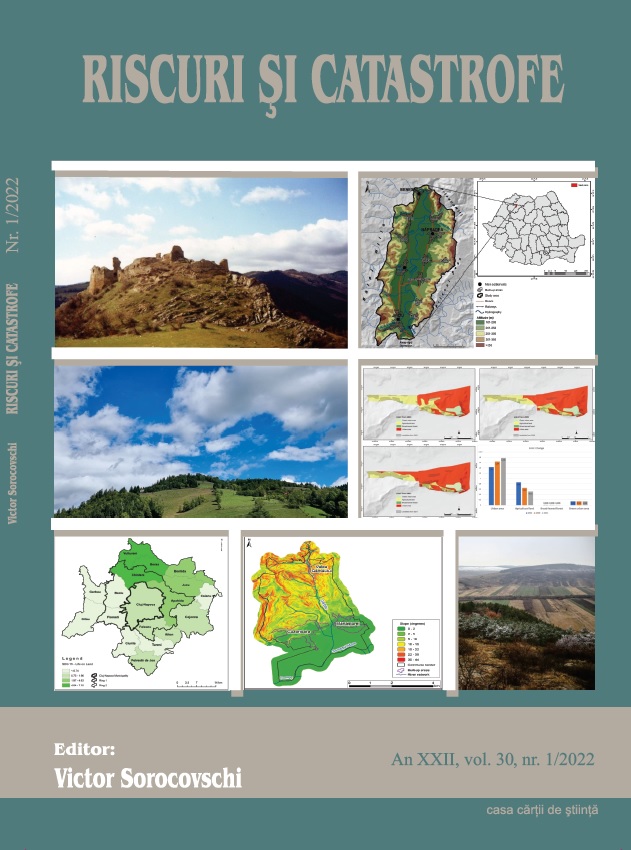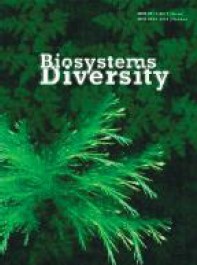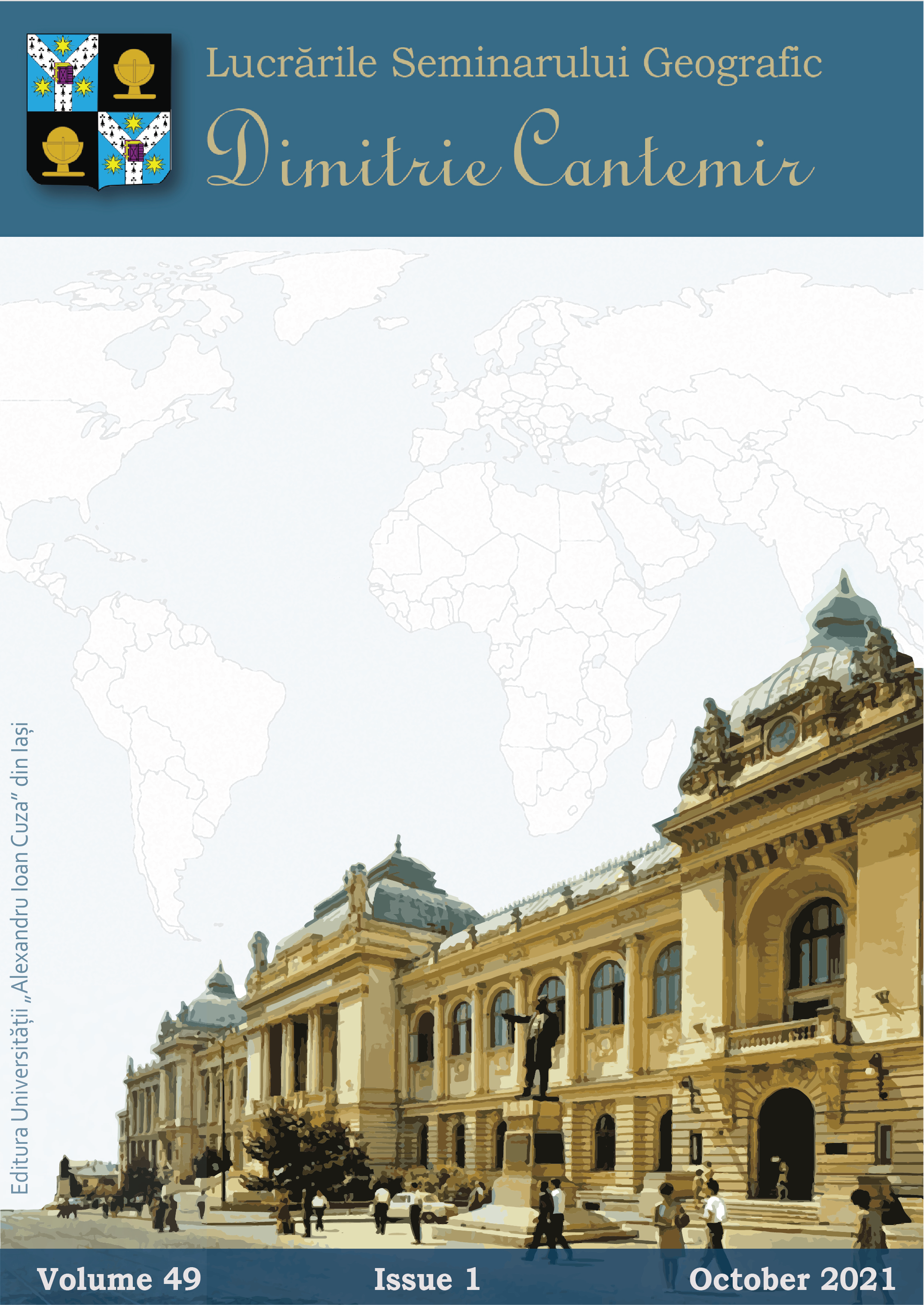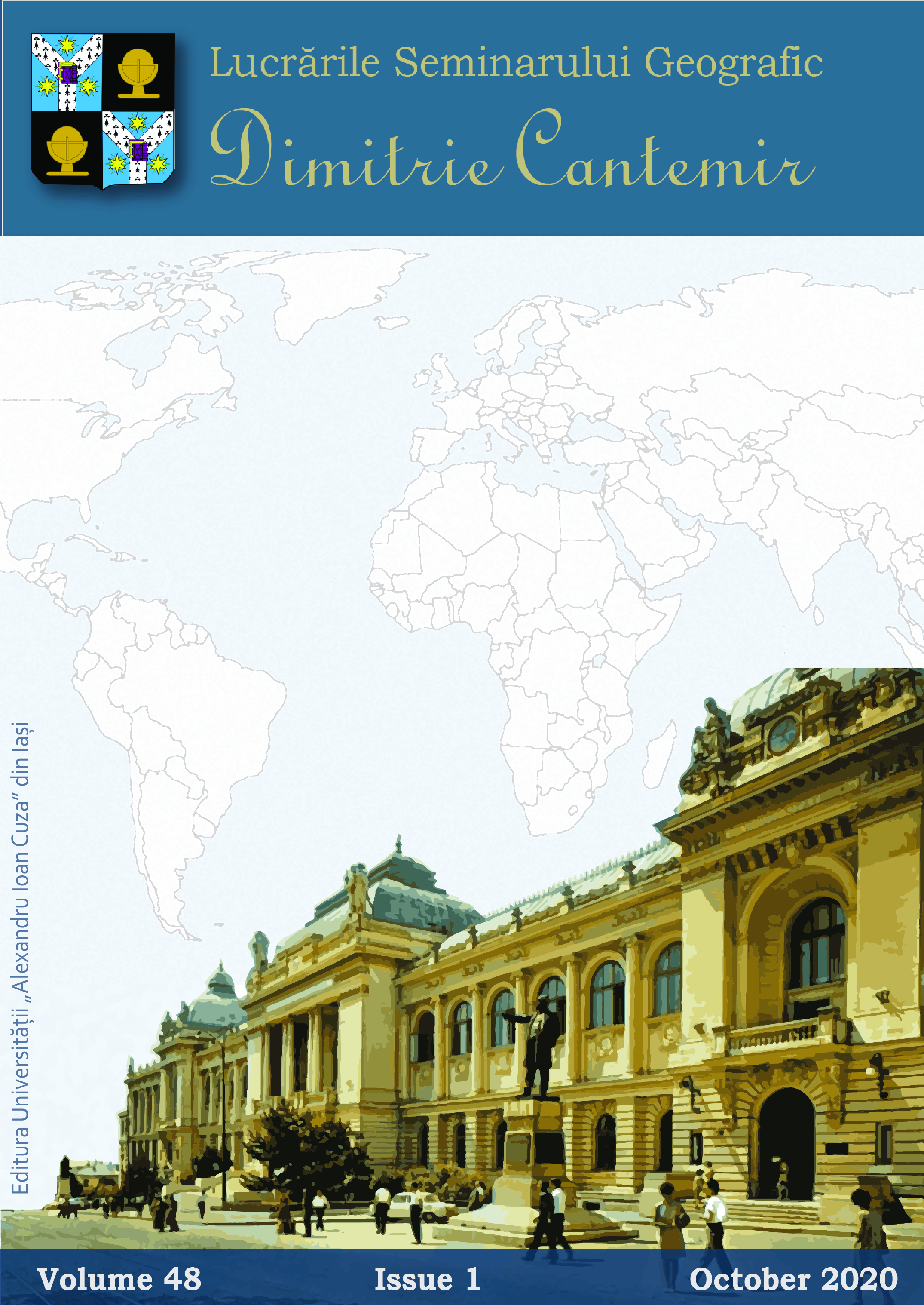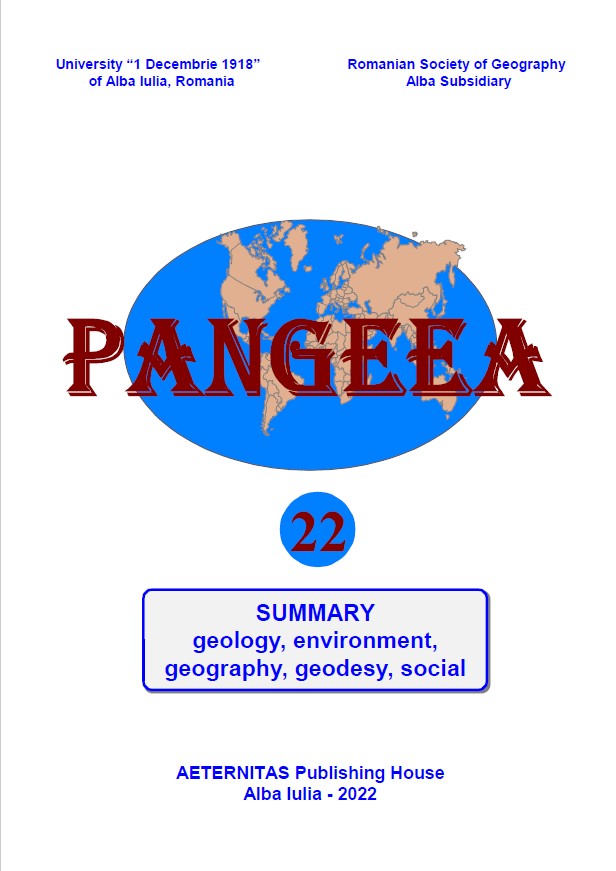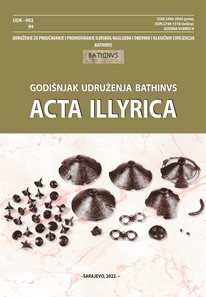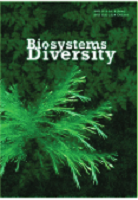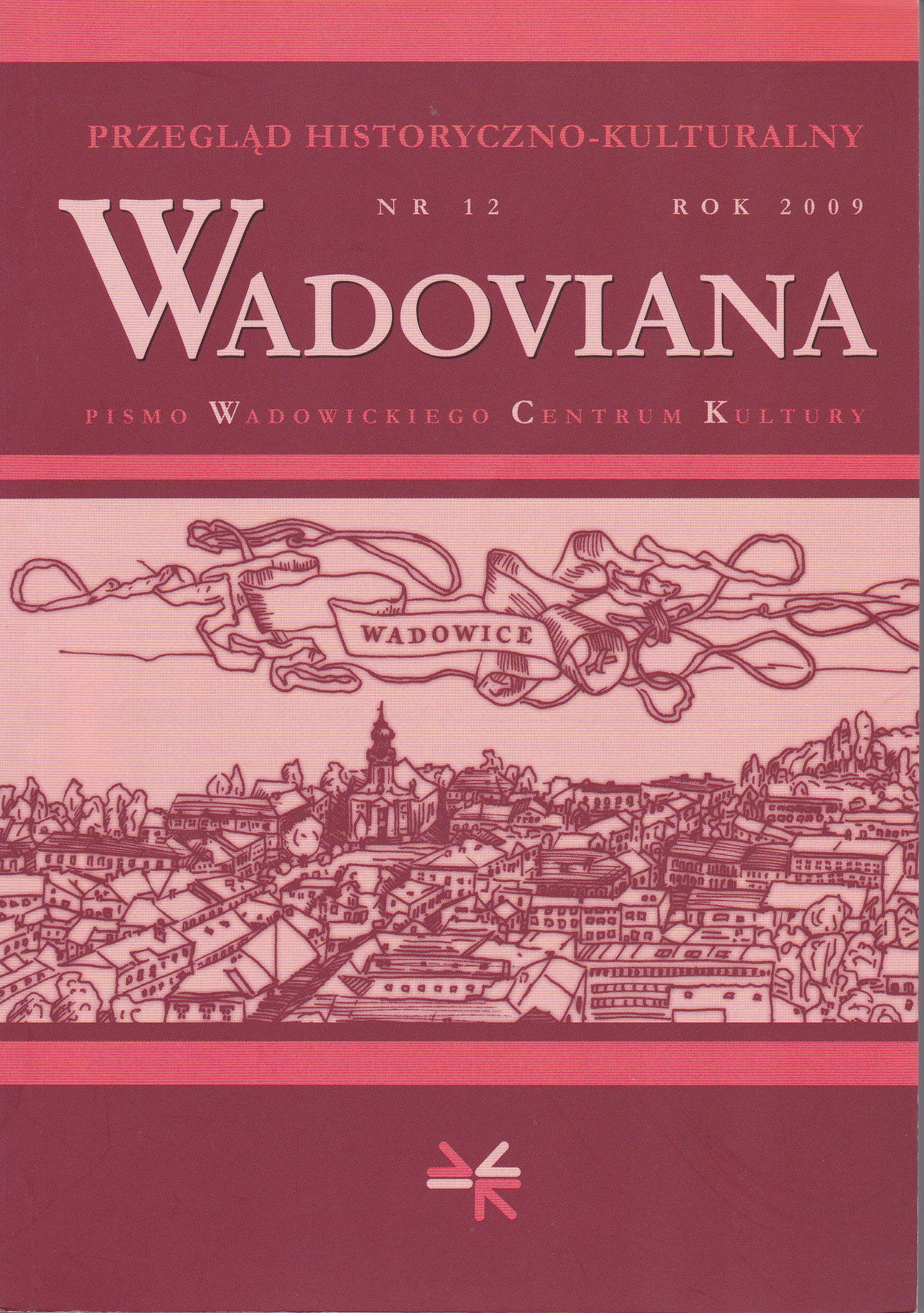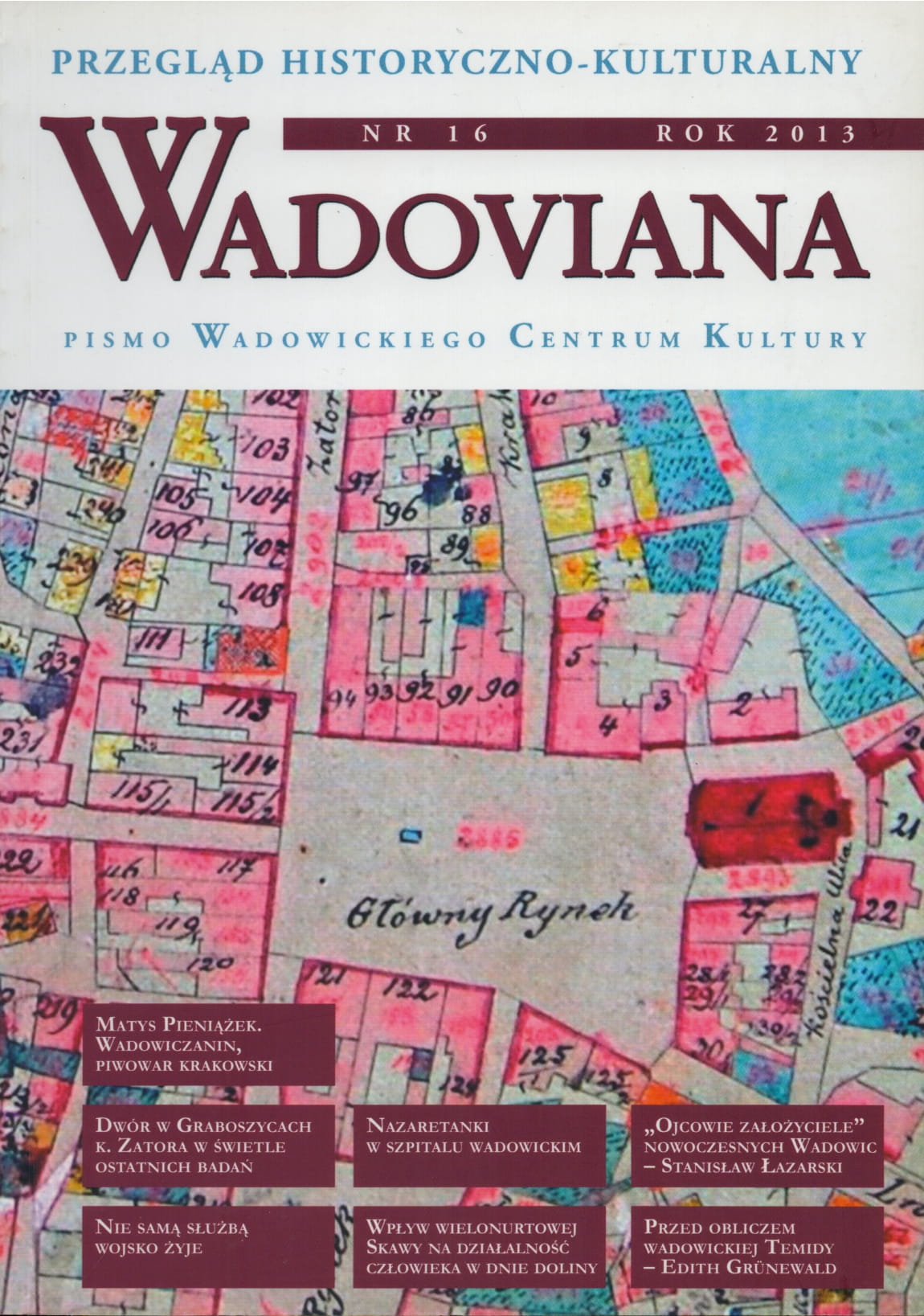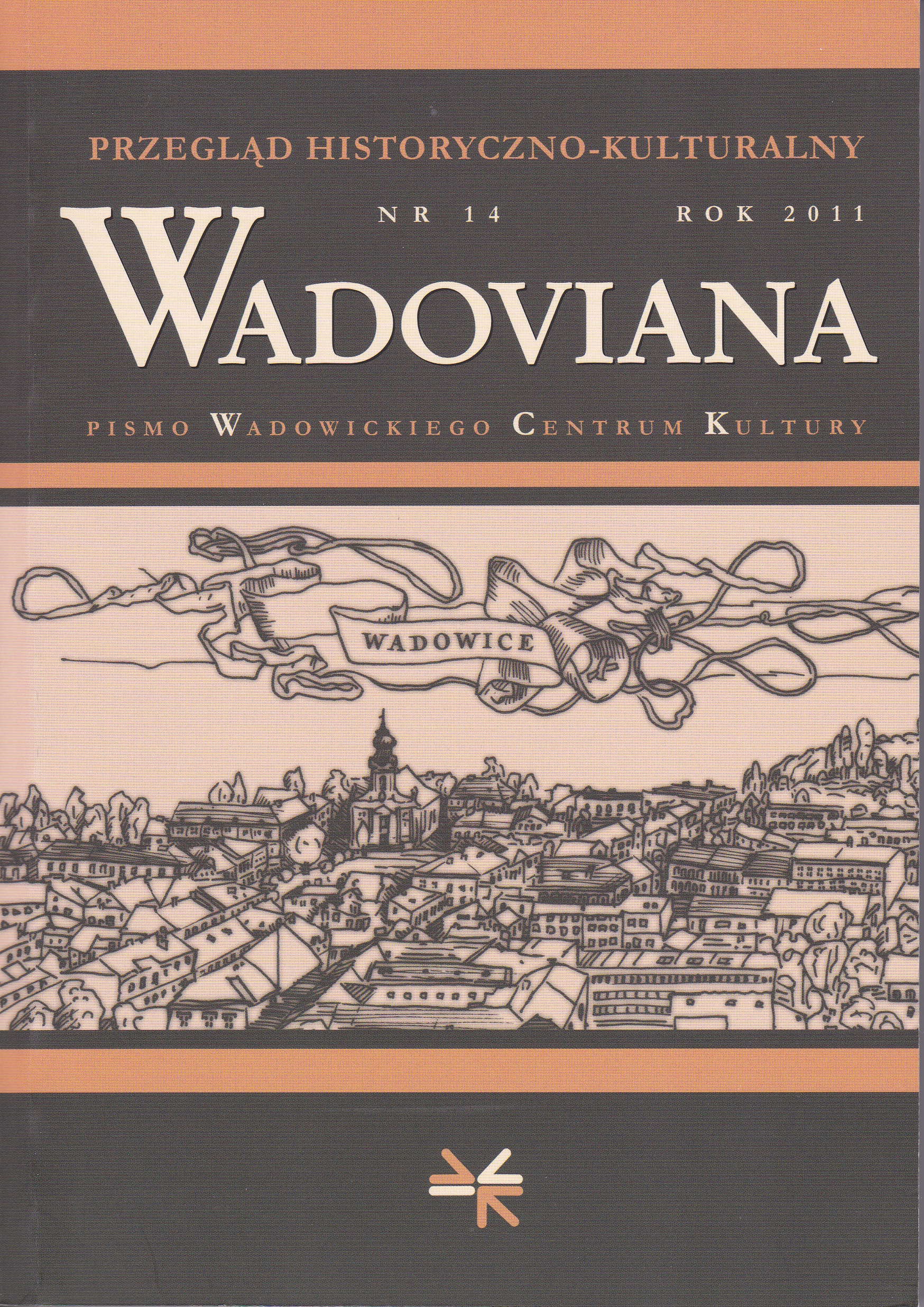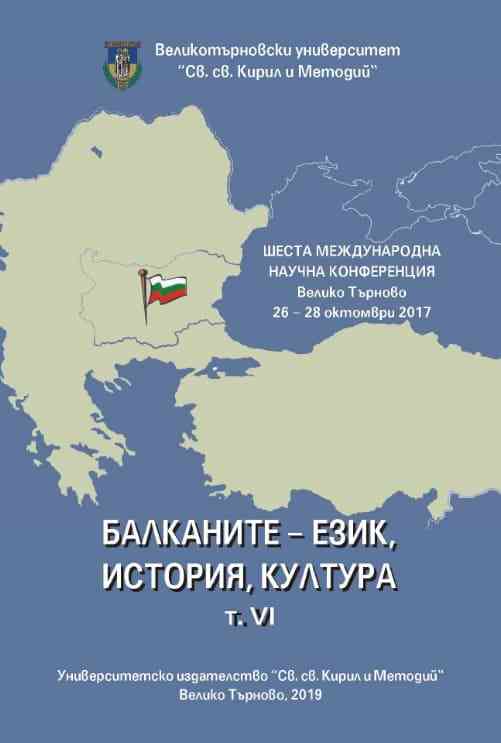Author(s): A.V. Putchkov,V. V. Brygadyrenko / Language(s): English
Issue: 3/2022
Dnipropetrovsk Region is situated in the steppe zone of Ukraine, in conditions of insufficient moisture. Forest vegetation covers only 5.1% of the region. Over 80% of the region’s area is used for agricultural purposes. A total of 281 species of ground beetles is known for the region, of which this article gives the data on biology and distribution of 82 species that need protection: Cephalota atrata, C. besseri, C. elegans, Cicindela maritima, C. soluta, Cylindera arenaria, Leistus terminatus, Notiophilus rufipes, Calosoma sycophanta, C. denticolle, C. investigator, Carabus stscheglowi, C. clathratus, C. excellens, C. hungaricus, C. besseri, C. estreicheri, C. sibiricus, Blethisa multipunctata, Elaphrus uliginosus, Scarites terricola, Dyschirius chalceus, Dyschirius obscurus, Blemus discus, Epaphius secalis, Bembidion ephippium, B. aspericolle, Pogonus cumanus, Pogonistes convexicollis, Patrobus atrorufus, Stomis pumicatus, Pedius inquinatus, Pterostichus chamaeleon, P. elongatus, P. macer, P. melas, Taphoxenus gigas, Laemostenus terricola, Agonum impressum, A. marginatum, A. monachum, A. sexpunctatum, A. viridicupreum, Olisthopus sturmii, Synuchus vivalis, Amara chaudoiri, A. crenata, A. equestris, A. fulva, A. sabulosa, Curtonotus convexiusсulus, Anisodastylus poeciloides, Diachromus germanus, Acupalpus interstitialis, A. suturalis, Stenolophus discophorus, Daptus vittatus, Harpalus cephalotes, H. dispar, H. hirtipes, Н. laeviceps, H. luteicornis, H. melancholicus, H. steveni, H. subcylindricus, Microderes brachypus, Ophonus diffinis, Dixus eremita, Panagaeus bipustulatus, Callistus lunatus, Dinodes decipiens, Chlaenius alutaceus, Ch. festivus, Licinus cassideus, Badister dorsiger, Masoreus wetterhalli, Lebia humeralis, Demetrias imperialis, Cymindis axillaris, Polystichus connexus, Brachinus ejaculans, B. hamatus, Mastax thermarum. To formalize the data on each species, the article provides characteristics of its ecological niche: thermal preferendum, hygro-preferendum, biotopical characteristic, biogeohorizon, trophic preferences, practical significance and protection measures. The main factors of decline in diversity of the fauna of ground beetles in Dnipropetrovsk Region are arable farming, chemical treatment of agricultural land, unregulated cattle grazing, recreational loading, large scale construction in floodplain areas.
More...
